
Java Programming Lambda and more : Java 13 12 11 10 98 
This course provides an in-depth look at the features of Java 13, 12, 11, 10, 9, and 8. Through hands-on, step-by-step instruction, learners will gain a comprehensive understanding of modern Java programming, including Lambda expressions. ▼
ADVERTISEMENT
Course Feature
![]() Cost:
Cost:
Free
![]() Provider:
Provider:
Udemy
![]() Certificate:
Certificate:
No Information
![]() Language:
Language:
English
Course Overview
❗The content presented here is sourced directly from Udemy platform. For comprehensive course details, including enrollment information, simply click on the 'Go to class' link on our website.
Updated in [March 06th, 2023]
This course provides an overview of the most recent Java programming language, including the new developer features in Java 13, 12, 11, 10, 9, and 8. Students will learn and comprehend Lambda expression, Streams, Stream Operation, Numeric Streams, Optional, functional interfaces, interface's default and static methods, the new DateTime API, LocalDate, LocalTime, and LocalDateTime, JavaShell, the module system, how to build modular applications, the Factory method of collection, Try-with-resource, the new type "var," GC1 enhancements, the new HTTP Client API, Epsilon GC, Switch Expressions, Switch Expressions Enhancements, and TextBlocks.
[Applications]
After this course, students can apply their knowledge of Java Programming Lambda and more to create real-world applications using the Lambda expression, Streams, Stream Operation, Numeric Streams, Optional, functional interfaces, DateTime API, LocalDate, LocalTime, LocalDateTime, JavaShell, the module system, the Factory method of collection, Try-with-resource, the new type "var," GC1 enhancements, the HTTP Client API, Epsilon GC, Switch Expressions, Switch Expressions Enhancements, and TextBlocks.
[Career Paths]
1. Java Developer: Java Developers are responsible for developing and maintaining applications using the Java programming language. They must have a strong understanding of the language and its features, as well as the ability to write efficient and secure code. With the introduction of new features in Java 13, 12, 11, 10, 9, and 8, Java Developers must stay up to date with the latest developments in the language.
2. Java Architect: Java Architects are responsible for designing and developing large-scale applications using the Java programming language. They must have a deep understanding of the language and its features, as well as the ability to design and develop efficient and secure applications. With the introduction of new features in Java 13, 12, 11, 10, 9, and 8, Java Architects must stay up to date with the latest developments in the language.
3. Java Software Engineer: Java Software Engineers are responsible for developing and maintaining software applications using the Java programming language. They must have a strong understanding of the language and its features, as well as the ability to write efficient and secure code. With the introduction of new features in Java 13, 12, 11, 10, 9, and 8, Java Software Engineers must stay up to date with the latest developments in the language.
4. Java Web Developer: Java Web Developers are responsible for developing and maintaining web applications using the Java programming language. They must have a strong understanding of the language and its features, as well as the ability to write efficient and secure code. With the introduction of new features in Java 13, 12, 11, 10, 9, and 8, Java Web Developers must stay up to date with the latest developments in the language.
[Education Paths]
1. Bachelor of Science in Computer Science: This degree path focuses on the fundamentals of computer science, such as programming languages, algorithms, data structures, operating systems, and computer architecture. It also covers topics such as artificial intelligence, software engineering, and computer networks. With the increasing demand for software developers, this degree path is becoming increasingly popular.
2. Master of Science in Software Engineering: This degree path focuses on the development of software applications and systems. It covers topics such as software design, software development, software testing, software maintenance, and software project management. It also covers topics such as software engineering principles, software engineering tools, and software engineering processes. With the increasing demand for software engineers, this degree path is becoming increasingly popular.
3. Master of Science in Artificial Intelligence: This degree path focuses on the development of intelligent systems. It covers topics such as machine learning, natural language processing, computer vision, and robotics. It also covers topics such as artificial neural networks, evolutionary algorithms, and reinforcement learning. With the increasing demand for AI professionals, this degree path is becoming increasingly popular.
4. Doctor of Philosophy in Computer Science: This degree path focuses on advanced topics in computer science, such as computer architecture, operating systems, algorithms, and programming languages. It also covers topics such as artificial intelligence, software engineering, and computer networks. With the increasing demand for computer scientists, this degree path is becoming increasingly popular.
Course Syllabus
Lambda Expressions - Java8+
Functional Interfaces and Lambdas - Java8+
Lambda Variable Scope - Java8+
RealWorld Example Using Lambda - Java8+
Streams - Java8+
Stream Operations - Java8+
Stream Generators - Java8+
Numeric Streams - Java8+
Collectors Operations - Java8+
Parallel Streams - Java8+
Optional - Java8+
Default And Static Methods Of Interfaces - Java8+
New DateTime APIs : Java8+
Java Shell (REPL) - Java 9+
Module System - Java9+
Factory Methods For Collection - Java9+
Try-with-resources - Java9+
Type Interference with var - Java10+
GC1 Improvements - Java10+
var with Lambda - Java11+
Epsilon GC - Java11+
New Http Client - Java 11+
Switch Expression - Java 12+
Switch Expression Enhancements - Java 13+
TextBlocks - Java13+
Pros & Cons

Clearly explained Lambda expressions

Nice content and details

Necessary features covered

Great examples

Fast and easy to understand

Good teaching skills

No links to Github

Too easy and not meaningful
Course Provider

Provider Udemy's Stats at AZClass
Java Programming Lambda and More is a comprehensive course that offers in-depth learning of the latest Java programming language. It covers a wide range of topics, including Lambda Expressions, Streams, Stream Operations, Number Streams, Optionals, Functional Interfaces, Default and Static Methods for Interfaces, and many others. This course caters to both beginners and experienced programmers. Whether you're new to Java or looking to enhance your skills, this course provides valuable insights. It is especially beneficial if you're preparing for a Java programming interview, as it covers most of the commonly asked topics. The instructors draw from their personal experiences to ensure the course focuses on the candidate's understanding of the latest Java programming concepts and syntax. By taking this course, you'll gain the knowledge and confidence needed to excel in Java programming.
Discussion and Reviews
0.0 (Based on 0 reviews)
Explore Similar Online Courses

Creating a Systematic Literature Review - Online Course

Introduction to Portfolio Risk Management in Python
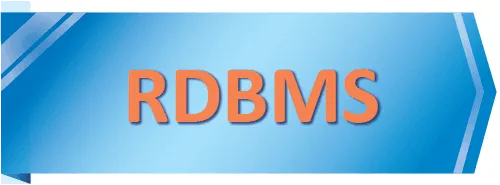
RDBMS PostgreSQL
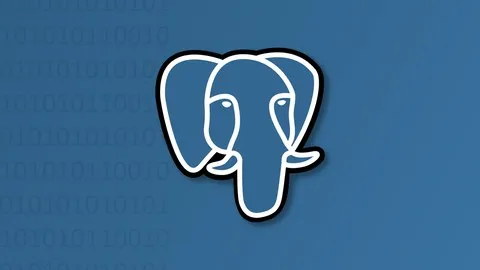
Intro To PostgreSQL Databases With PgAdmin For Beginners
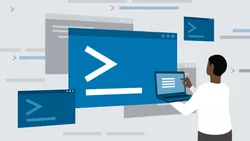
PostgreSQL: Client Applications
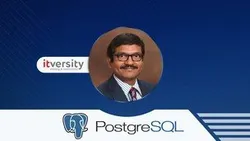
Mastering SQL using Postgresql

Database Design and Basic SQL in PostgreSQL
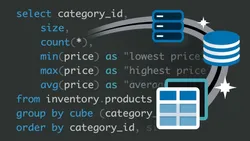
PostgreSQL: Advanced Queries

Spatial SQL with Postgres : A language for geographers

Learn SQL Using PostgreSQL: From Zero to Hero
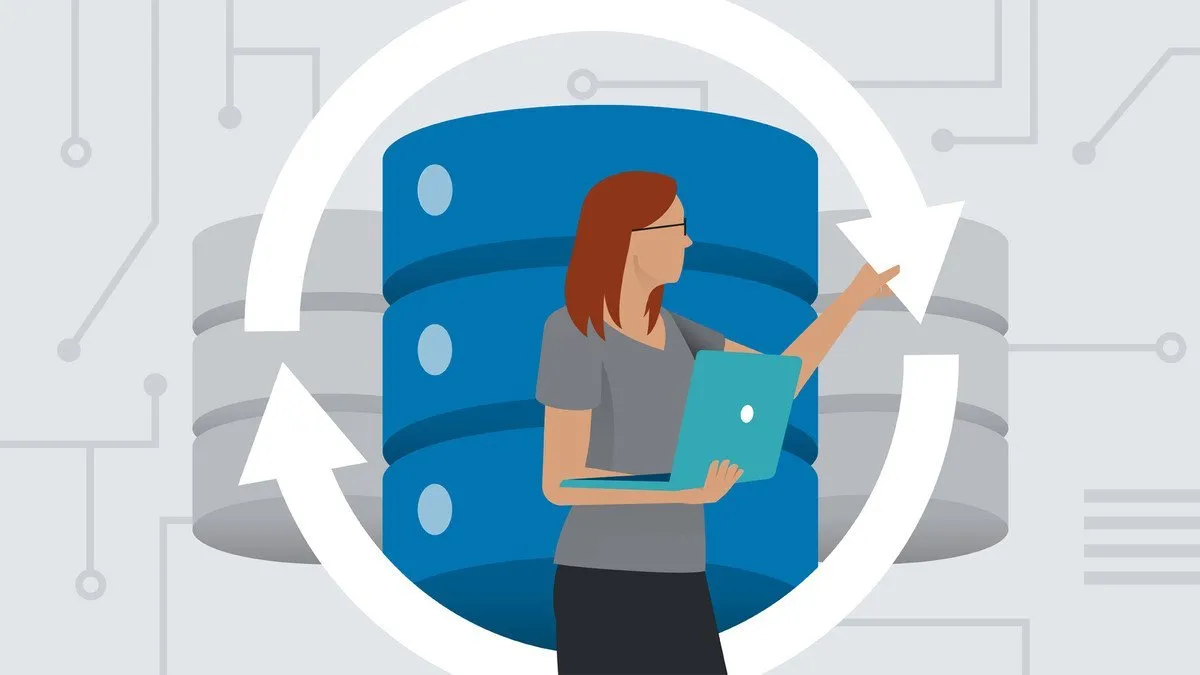
PostgreSQL Essential Training
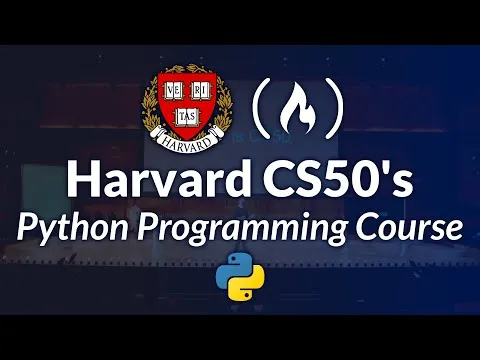
Harvard CS50's Introduction to Programming with Python : Full University Course
 Related Categories
Related Categories
 Popular Providers
Popular Providers
Quiz
 Submitted Sucessfully
Submitted Sucessfully
1. What is the new type introduced in Java 10?
2. What is the new HTTP Client API introduced in Java 11?
3. What is the new GC1 enhancement introduced in Java 13?


Start your review of Java Programming Lambda and more : Java 13 12 11 10 98